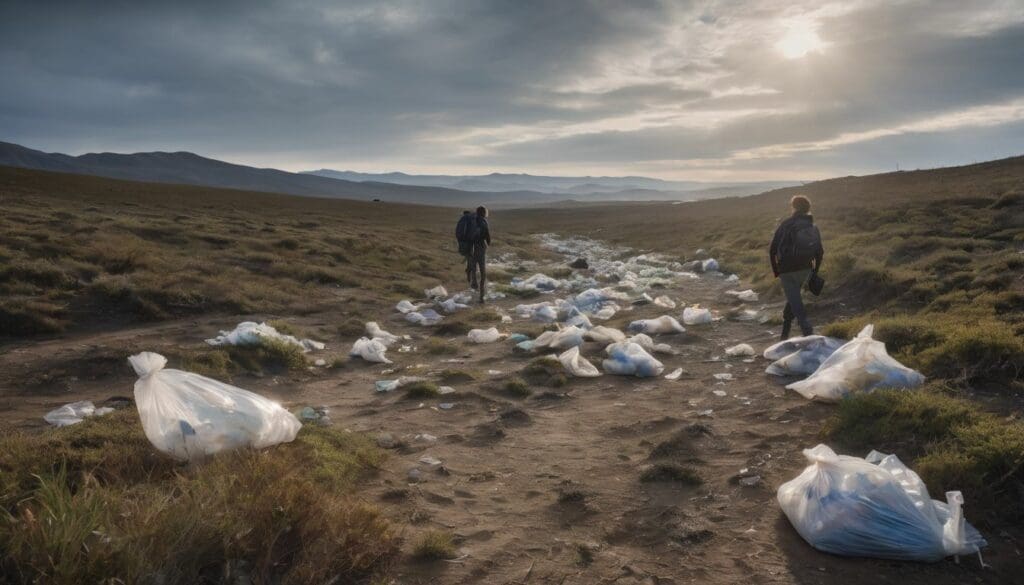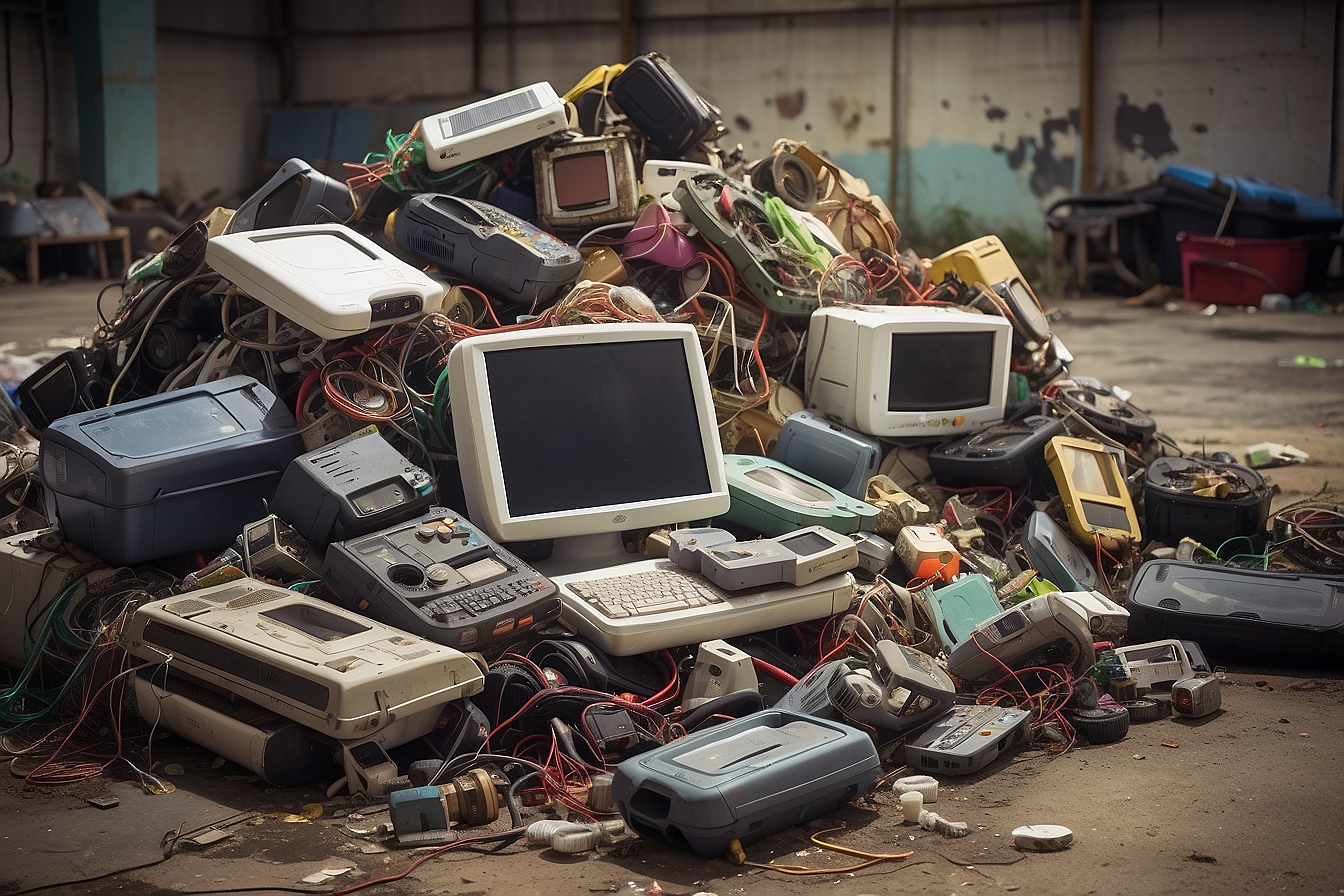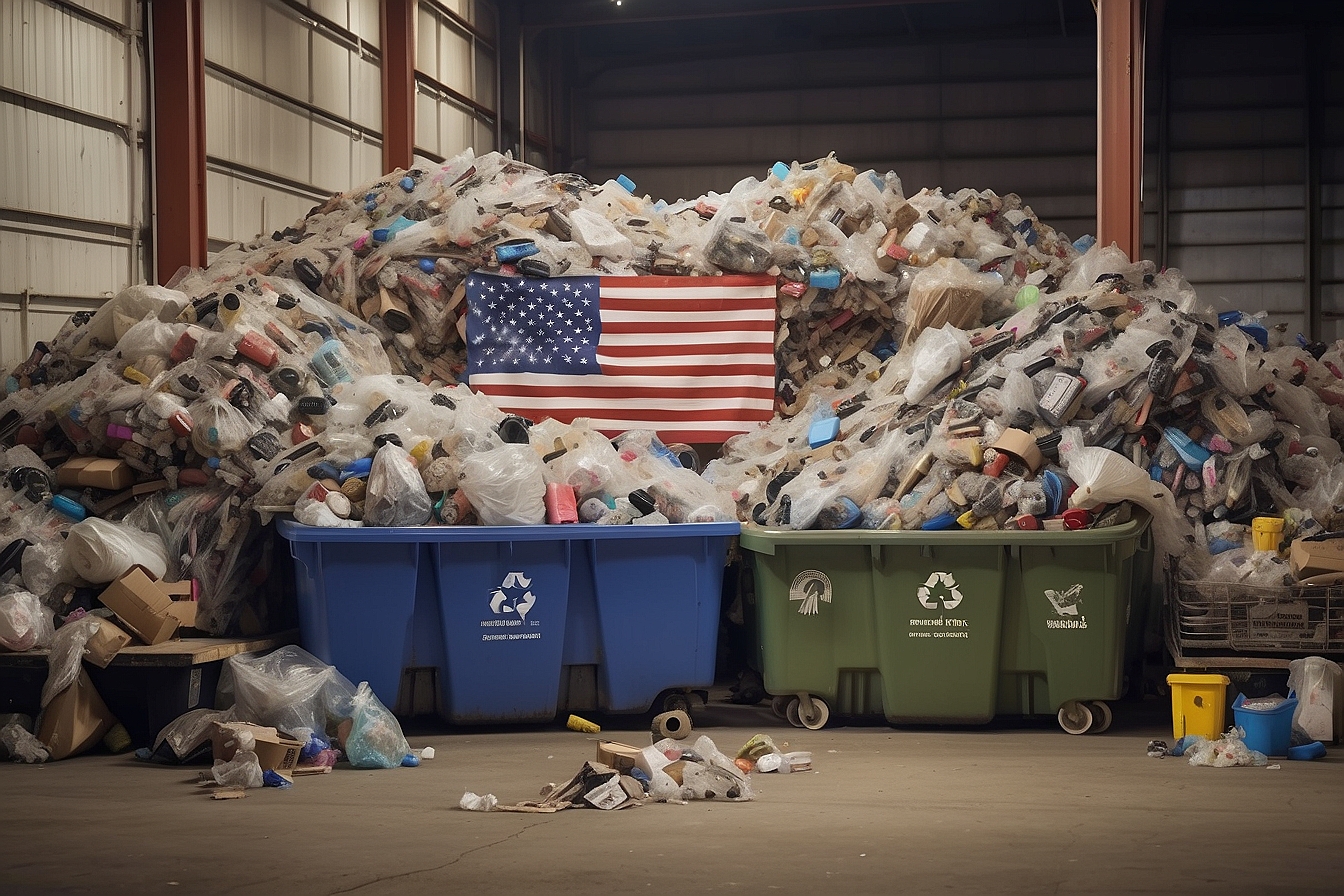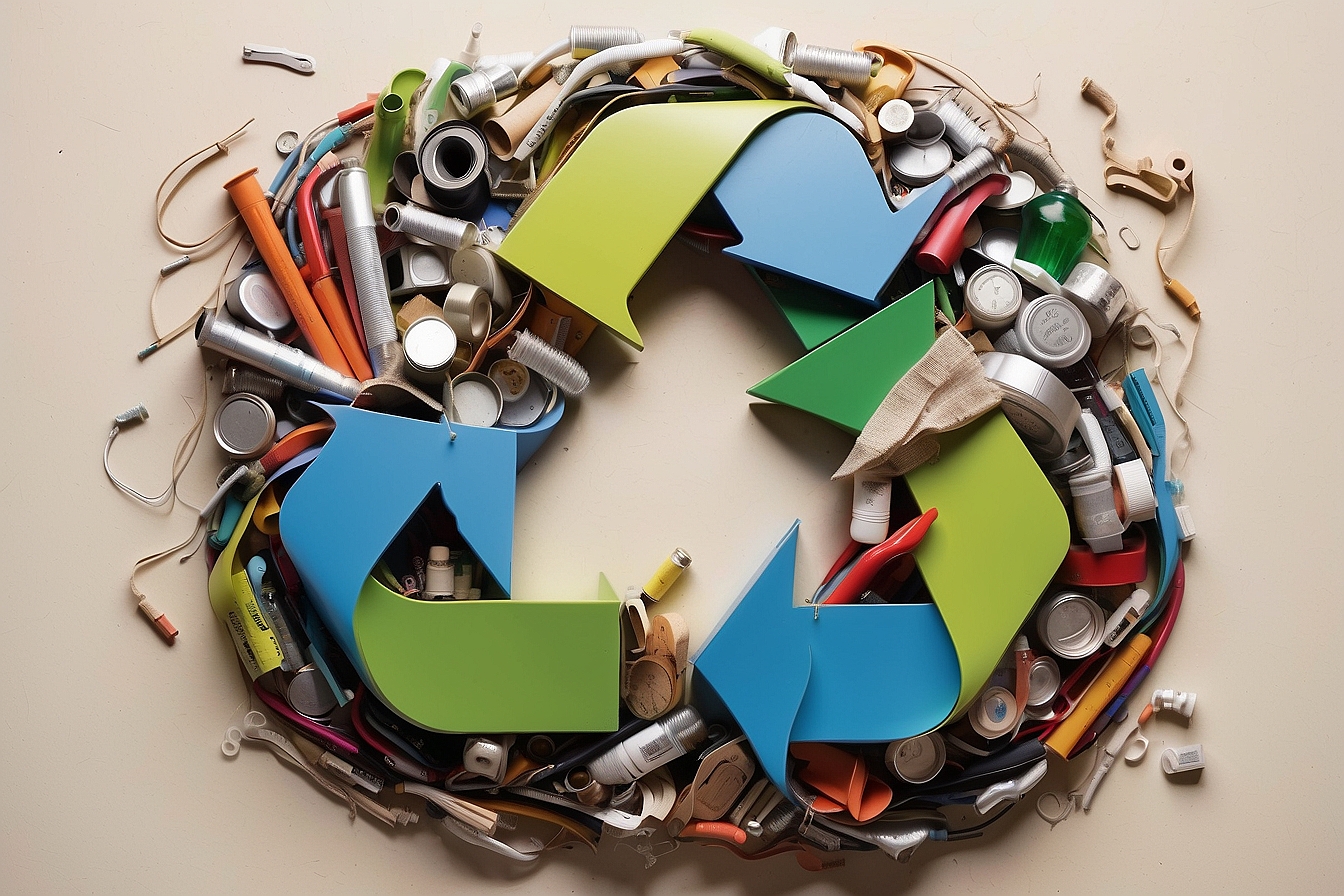As we endeavour to confront the challenge of plastic pollution head-on, bioplastics have been championed as a beacon of hope. We’ve all experienced that gnawing sensation when attempting to make eco-conscious decisions, only to be met with layers of complexity and confusion.
With a staggering 8 million tonnes of our synthetic companions ending up in marine environments annually, we’ve committed ourselves to peeling back the layers on whether bioplastics truly live up to their green potential.
Embark on this quest for clarity with us – your assumptions may very well be turned on their heads.
Key Takeaways
- Not all bioplastics are truly biodegradable; some may need specific industrial processes to break down and could still contribute to microplastic pollution.
- Different types of bioplastics like PLA, PHA, starch-based, and cellulose-based plastics offer varied applications but require correct disposal to be environmentally friendly.
- Misleading marketing claims can confuse consumers about the true nature of bioplastics’ environmental impact; proper education on certifications and standards is necessary.
- The scarcity of appropriate disposal facilities means many bioplastics end up in landfills where they don’t decompose effectively, negating their eco-friendly advantage.
- Urgent development in sustainable material research, consumer education on disposal, and stricter regulatory standards are crucial for making real progress with bioplastics.
The Truth About Bioplastics
Bioplastics are often promoted as a sustainable alternative to traditional plastics due to their biodegradability and use of organic polymers. However, it’s important to understand the various types of bioplastic and their actual environmental impact before making any assumptions about their sustainability.
Biodegradability
Many people believe that all bioplastics are completely biodegradable, but this isn’t always the case. It depends on the type and how it’s disposed of. Some bioplastics break down quickly in composting facilities but won’t decompose as efficiently in a landfill where conditions aren’t right.
We must distinguish between ‘biodegradable’ and ‘compostable’. Compostable materials require specific settings to breakdown fully, while truly biodegradable substances should degrade naturally over time.
However, many products labeled ‘biodegradable’ may only partially decompose or need industrial processes, leaving us with an incomplete solution to waste management challenges.
Types of Bioplastic
Now that we understand the biodegradability of bioplastics, it’s important to explore the different types of bioplastic available in the market. Here are the key types of bioplastics:
- Polylactic Acid (PLA) – derived from renewable resources like corn starch or sugarcane, it is commonly used in packaging and disposable tableware.
- Polyhydroxyalkanoates (PHA) – produced by bacterial fermentation of sugars or lipids, PHA is versatile and used in various applications such as medical implants and compostable packaging.
- Starch-based Plastics – made from natural starches, these plastics are often used for short-term use products like packaging materials and bags.
- Cellulose-based Plastics – derived from cellulose found in plants, they are utilised in items like coatings and films.
The Reality of Bioplastics and Waste
Misleading claims about the biodegradability and environmental impact of bioplastics often lead to confusion among consumers. Additionally, the lack of proper disposal options for bioplastics contributes to their negative impact on waste management systems.
Misleading Claims
Misleading claims about bioplastics often lead consumers to believe they are fully biodegradable. This is not always the case, and some bioplastics require specific industrial composting conditions for degradation, which may not be readily available.
Additionally, certain manufacturers might exploit the term “bioplastic” as a marketing tactic without adhering to sustainable practices in their production processes or material sourcing.
Moreover, some products labeled as “biodegradable” may simply break down into smaller pieces and contribute to microplastic pollution rather than decomposing entirely into natural elements.
Lack of Proper Disposal Options
When it comes to bioplastics, one of the major challenges is the lack of proper disposal options. Despite being marketed as an eco-friendly alternative to traditional plastics, many bioplastics end up in regular landfill sites where they may take a long time to decompose.
This poses a risk for environmental pollution and undermines the sustainability claims associated with bioplastics.
Recycling options for bioplastics are also limited, adding to the disposal challenge. As a result, there is an urgent need for better waste management solutions that specifically address the end-of-life phase of bioplastic products.
The Need for Better Solutions
To address the challenges surrounding bioplastics and waste, we must actively seek and develop better disposal and recycling options. Manufacturers need to invest in research and development to create sustainable materials that are truly biodegradable, compostable, or recyclable.
We also need to educate consumers about the proper disposal of bioplastic products and promote their use within a circular economy. Furthermore, regulatory bodies should establish clear standards for bioplastics to ensure they meet environmentally friendly criteria.
By working together towards these solutions, we can shift away from single-use plastics and embrace eco-friendly alternatives, contributing to a healthier environment for future generations.
Conclusion
In conclusion, bioplastics often make misleading claims about their biodegradability. The lack of proper disposal options exacerbates the issue. Better solutions are urgently needed to address this environmental challenge.
It’s essential for us to actively seek and support eco-friendly alternatives for a sustainable future.
FAQs
1. What are bioplastics, and how do they differ from regular plastics?
Bioplastics are materials made from natural sources like plants, which can offer ecofriendly alternatives to traditional single-use plastics. They have distinct properties and the potential for better landfill decomposition.
2. Can bioplastics be recycled in the same way as other plastics?
The disposal and recycling of bioplastics require specific conditions due to their unique materials and properties; not all facilities can process them like other plastic waste.
3. Are all bioplastics good for the environment?
While bioplastic production aims to reduce reliance on fossil fuels, not all biobased products are automatically better for the environment; it depends on their lifecycle, including production, processing, use, and disposal.
4. How is public awareness affecting the bioplastic industry?
Increasing public perception and awareness of environmental issues drive market trends towards more sustainable packaging applications with proper certification standards within the growing bioplastic industry.





